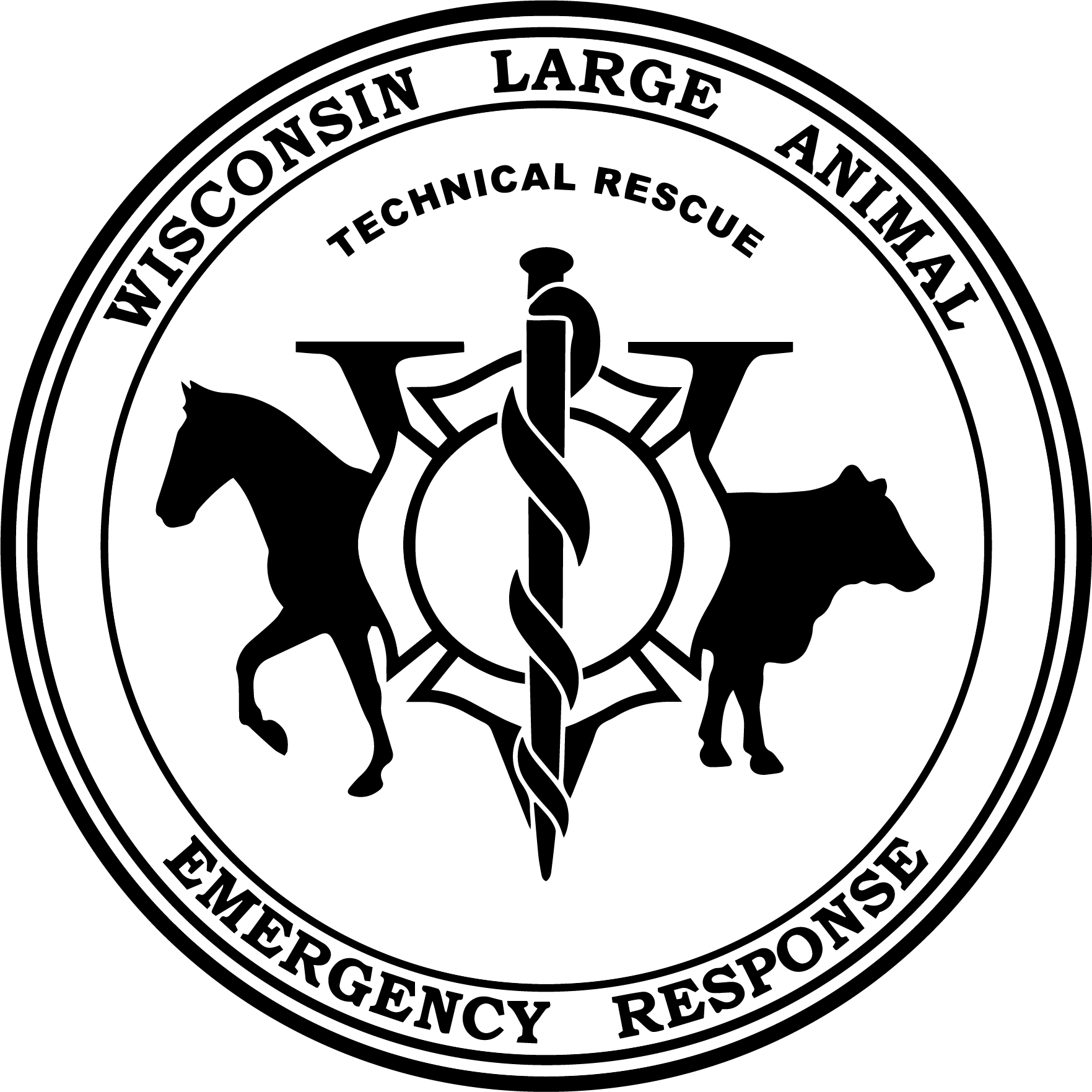Large Animal Technical Rescue
For Veterinarians:
The veterinarian's role in large animal rescue is critical. Veterinarians historically have not received formal education in the management large animal technical emergencies, but societal expectations assume that the veterinarians ability to manage these incidents is without question. This class emphasizes rescue concepts while framing technical rescue as an extension of the physical exam and patient management. An additional focus is placed on staff safety and patient manipulations that will result in an expedited the response.
Topics that are included are:
Roles of the individuals and agencies that may assist in these incidents
Incident Command System (ICS)
Critical concepts for scene containment, stabilization, and control
Individual and group patient health management
Techniques to manipulate and move recumbent patients
Specifics for technical incidents such as trailer accidents, confined space and mud entrapment
The course is designed to be offered as a PowerPoint session, but the addition of a hands on lab section significantly improves the learning and material retention. This course will vary in duration based on requested content.
Large Animal Rescue in a University Setting
For Veterinary students:
This class, entitled “Technical Large Animal Rescue and Emergency Patient Management,” is designed for veterinary students. We debuted this course at the University of Wisconsin School of Veterinary Medicine in May 2014.
This course provides an overview of the most important aspects encountered in large animal emergency rescue through lectures and an immersion-learning environment to allow students to have a practical, hands-on understanding of technical rescue. These skills are not only beneficial during emergency rescue situations but can also be utilized in daily practice to increase the safety of staff and patients.
Hands-on practical learning includes:
Utilization of equipment (rescue knots, emergency halter, vertical lift tie)
Techniques for rolling, assists, lifts
Loading/unloading patients
Bundling, rescue glide
Mechanical advantage system, live horse containment
Rolling/righting a trailer
Course topics include:
Large animal rescue (LAR) history, concepts, community outreach, preparedness, and traditional response pros and cons
How LAR ties into Incident Command System (ICS)
Individual LAR roles, including veterinarian, animal control, fire, law enforcement, state, county, owner, animal care giver, public, and media
Personnel protection equipment and other equipment
Approach and arrival to scene
Animal behavior
Specific rescue techniques: forward, backward and sideways assist, rollover in confined and unconfined space, lifting for rescue and medical suspension, trailer, mud, ice, water well/hole extractions
Veterinary specific issues
Containment, and adaption of emergency response equipment
How to integrate concepts into daily work/practice
Hazmat/decontamination techniques, foreign animal disease/general disease outbreak


